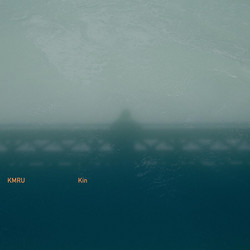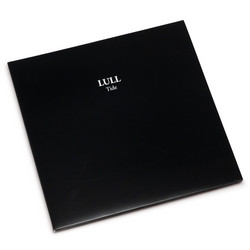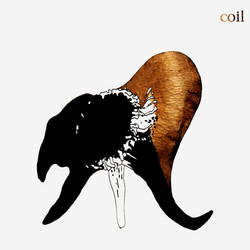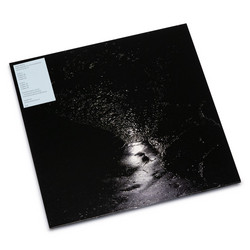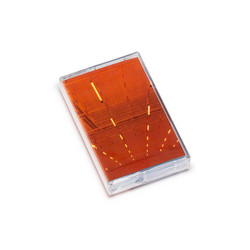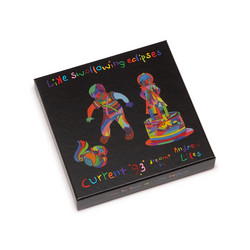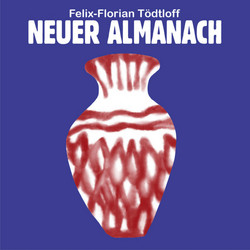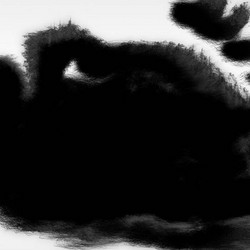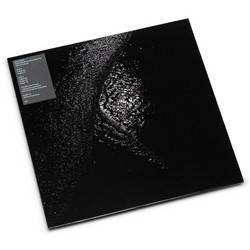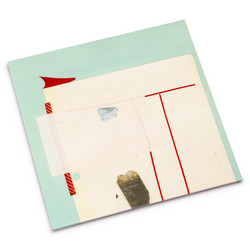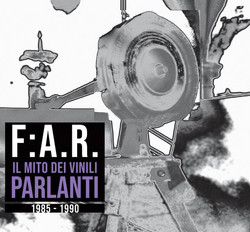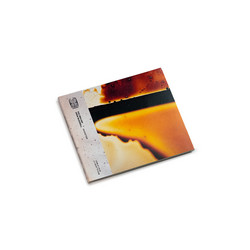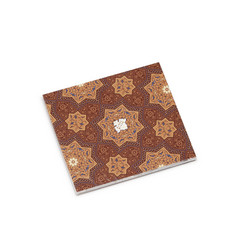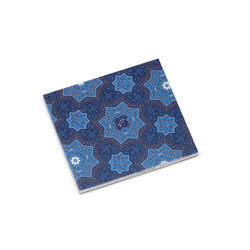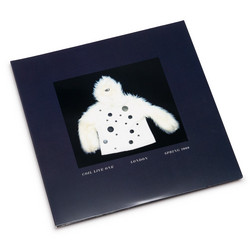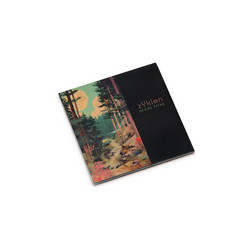Nāsūr
Label: Owl Totem Recordings
Format: CD
Genre: Electronic
In process of stocking
Nāsūr, the new album by Arash Akbari, expands his vocabulary of austere drone and emotional abstraction. Released in 2025, it blends granular synthesis, degraded tape atmospherics, and muted harmonic motion to evoke the residue of wounds—emotional and historical—that never fully heal. The result is a haunting essay in texture, silence, and persistence.
*100 copies limited edition* With
nāsūr, Iranian composer and new media artist
Arash Akbari reaffirms his position as one of the most introspective voices in contemporary experimental electronics. Known for his work traversing ambient, drone, and electroacoustic territories, Akbari approaches his craft as both composer and conceptualist, using sound to articulate a kind of hybrid memory: personal, social, and metaphysical. The album’s title—derived from Persian, meaning “an unhealed scar”—frames the project as an exploration of emotional endurance and transformation, a meditation on how pain and its echoes shape perception and form. Throughout
nāsūr, Akbari sculpts vast fields of suspended tone and corrosion. Each track unfolds like the slow exposure of a photograph, revealing muted patterns beneath the static grain. His signature integration of digital synthesis, field recording, and procedural composition pushes the record toward a terrain where technology and emotion become indistinguishable. Faint melodic particles surface then dissolve; resonances drift between dissonance and peace, inviting the listener to inhabit an emergent sonic continuum rather than merely observe it. Unlike much of today’s ambient production, Akbari’s music is tactile, never ornamental—its power lies in restraint, in the spaces where structure breaks down into breath.
nāsūr forms a quiet dialogue with previous works like Fragments of Yearning and Cracked Echoes, but its emphasis on decay and residual energy represents a new level of clarity in Akbari’s evolving practice. The compositional process blurs deterministic control and algorithmic generation, situating the work within his ongoing research into the poetics of procedural systems. Each piece exists as both product and trace—an artifact of a system thinking and feeling through sound. The record’s visual and physical components mirror its sonic austerity: minimal artwork, subdued color, and textural emphasis on fragility. It arrives as a limited edition CD release paired with an essay by the artist reflecting on memory and technological embodiment. Akbari’s nāsūr is not meant as catharsis but as endurance—a document of persistence, silence, and resonance amid turbulence. In its patience and subtle motion, the album achieves something rare: a sound art that listens back, resonating with the listener’s own scarring and their fragile sense of renewal.
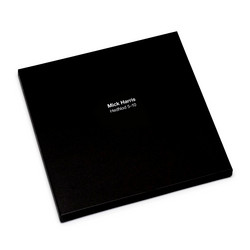

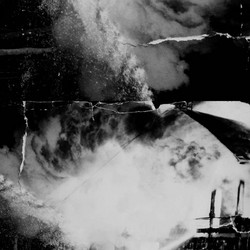

![sans titre troisième partie [toujours venir aux mêmes endroits]](https://cdn.soundohm.com/data/products/2025-12/MzUtNDA5Mi5qcGVn.250.jpg)
